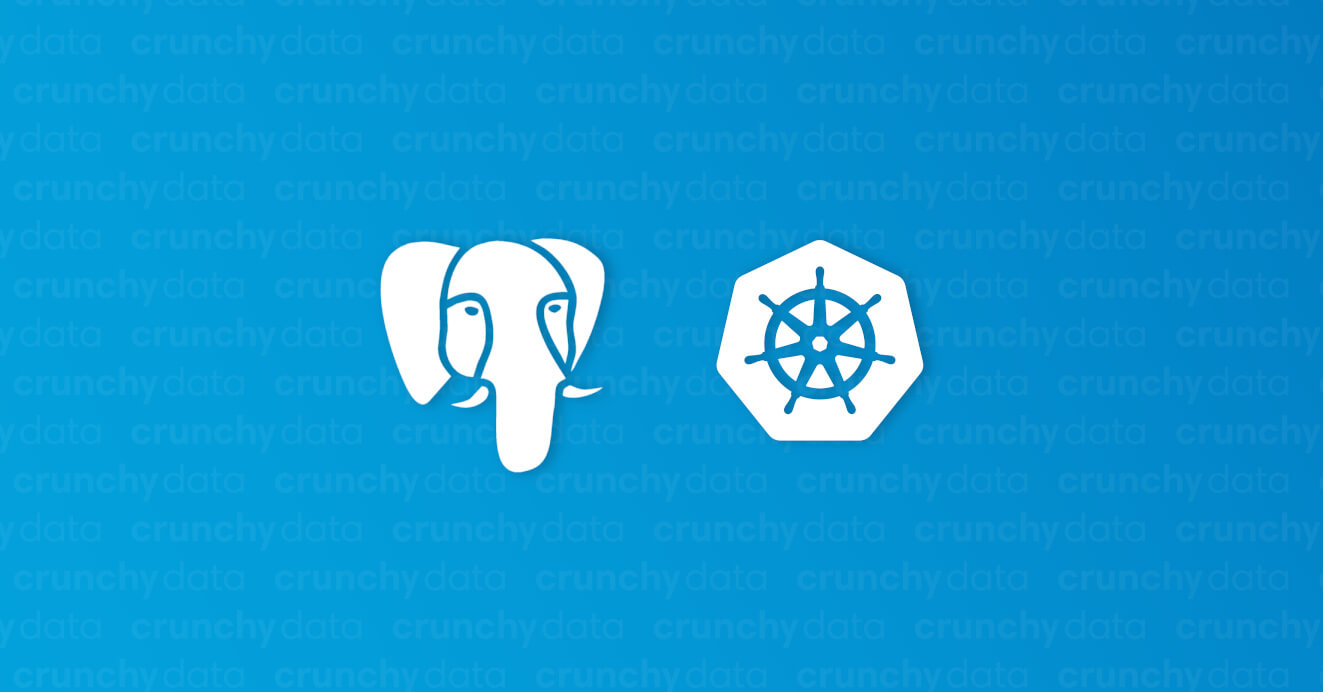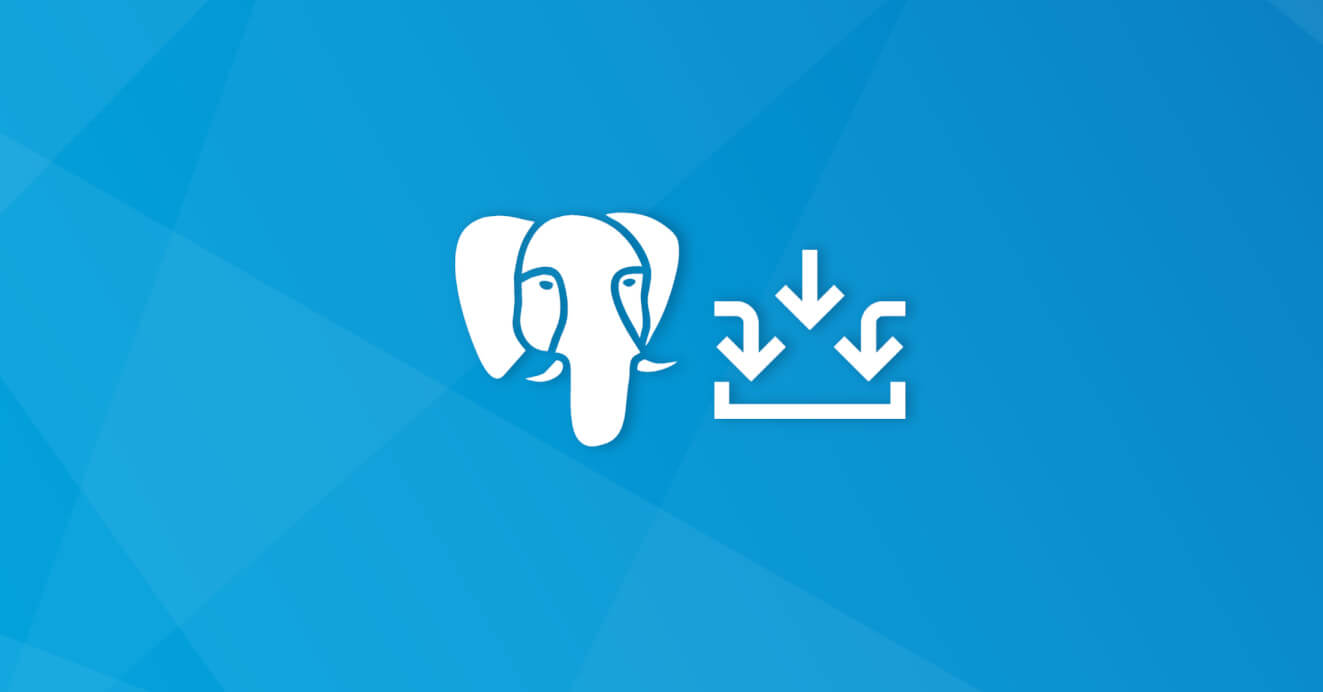Latest posts
Get Started Running PostgreSQL on Kubernetes
Learn how to run PostgreSQL natively on Kubernetes based platforms so you can manage your own database-as-a-service.
3 min readPerforming a Major PostgreSQL Upgrade with pg_dumpall
For most major upgrades using a utility such as pg_upgrade or a replication tool such as pglogical will be the best solution. However if these options are not available, pg_dumpall can be used to safely perform a major upgrade of your PostgreSQL database.
2 min readWon’t You Be My Neighbor? Quickly Finding Who is Nearby
Many location aware applications need to find things are people that are close to a specific location. The KNN-GiST functionality of PostgreSQL helps developers to create high performance queries to quickly find neighbors, with applications in mapping and proximity searches.
7 min readWhy Covering Indexes in Postgres Are Incredibly Helpful
Covering indexes in PostgreSQL are an incredibly helpful feature that can help improve the performance of your application when used correctly. This article demonstrates how an application that collects time-series and geospatial data is able to use covering indexes to boost performance.
11 min readUsing the CIS PostgreSQL Benchmark to Enhance Your Security
This CIS PostgreSQL Benchmark, co-authored by Crunchy Data and the Center for Internet Security, is a detailed guide with best practices and recommendations for securing your PostgreSQL clusters. This guide teaches you how to use the CIS PostgreSQL Benchmark to secure your database.
5 min readUsing Kubernetes Deployments for Running PostgreSQL
The Crunchy PostgreSQL Operator helps to automate many typical database administration tasks at scale and leverages Kubernetes Deployments to flexibility in building environments that feature high-availability, configurable resource management, and seamless upgrades.
5 min readTroubleshooting PostgreSQL Streaming Replication Synchronization
A practical guide to detecting if your PostgreSQL replicas are out-of-sync and how to restore them efficiently without a base backup.
9 min readUpgrading PostgreSQL from 9.4 to 10.3 with pglogical
Here is a case study for how to efficiently upgrade major versions of PostgreSQL with almost zero-downtime using pglogical
6 min readHow to Perform Failover with the PostgreSQL Kubernetes Operator
The Crunchy PostgreSQL for Kubernetes Operator makes it easy to maintain a high-availability database cluster by making failover from a primary to a replica database as simple as one command.
4 min readFast CSV and JSON Ingestion in PostgreSQL with COPY
COPY is also incredibly helpful for ingesting data such as JSON or CSV into a PostgreSQL table, especially if there is a lot of it. Learn how to use COPY to optimize your data loading performance in PostgreSQL.
7 min readAn Easy Recipe for Creating a PostgreSQL Cluster with Docker Swarm
This article provides an easy recipe for creating a PostgreSQL primary-replica cluster using Docker Swarm.
5 min readDemystifying Schemas & search_path through Examples
This guide shows how to use PostgreSQL schemas with multiple users in your database. It also demonstrates the issues highlighted by CVE-2018-1058 and how to audit and protect your PostgreSQL databases.
16 min readRange Types & Recursion: How to Search Availability with PostgreSQL
PostgreSQL range types work very well in the presence of data. However, in the case of the absence of data, it may take a little extra work to get the desired results. We explore a simple scheduling application and see how PostgreSQL has the tools to efficiently search availability data.
12 min readA PostgreSQL Row Level Security Primer + Creating Large Policies
Row Level Security (RLS) allows an administrator to define if a user should be able to view or manipulate specific rows of data in a PostgreSQL table.
8 min readEasy PostgreSQL 10 and pgAdmin 4 Setup with Docker
Easy setup and installation for PostgreSQL 10 and pgAdmin 4 with Docker and open source containers packaged by Crunchy Data.
10 min readChecking for PostgreSQL Bloat
This blog post discusses the pgstattuple contrib module with regards to getting an accurate assessment of bloat in your PostgreSQL environment.
13 min readUsing R Analytic Functions in PostGIS
Introduction to Spatial Analytics with PostgreSQL, PostGIS, PL/R and R Programming Language. Example use of R Analytic functions in PostgreSQL and PostGIS.
8 min readPreprocessing Data for Spatial Analysis with PostGIS and PL/R
Introduction to Spatial Analytics with PostgreSQL, PostGIS, PL/R and R Programming Language. Demonstration of preprocessing of Geospatial data using PostGIS.
15 min readSpatial Analytics with PostGIS, PL/R and R
Introduction to Spatial Analytics with PostgreSQL, PostGIS, PL/R and R. First in series of posts introduces PL/R and provides background for sample analysis.
10 min read






















